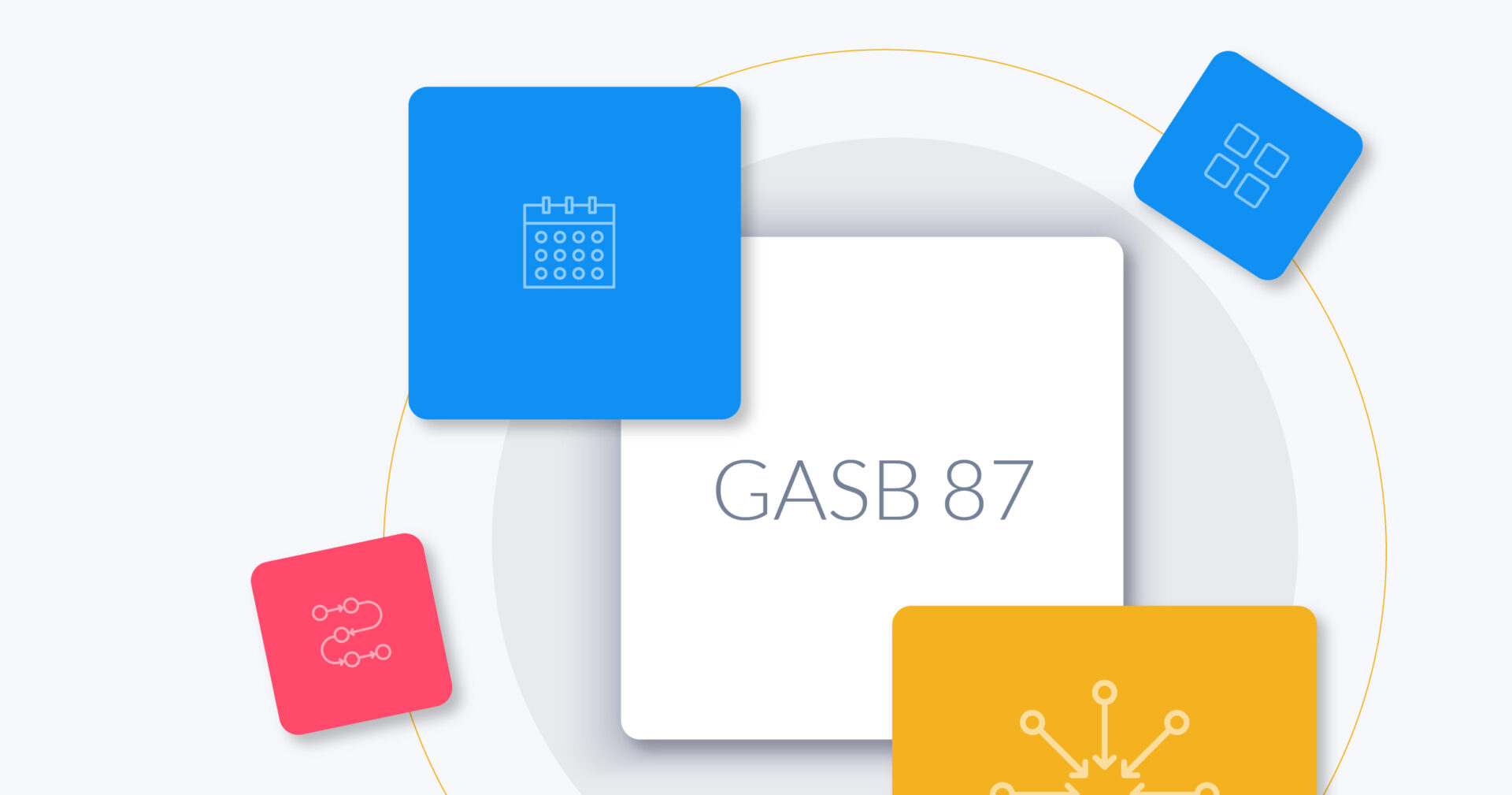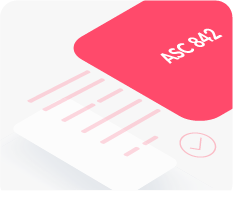The Governmental Accounting Standards Board (GASB) is responsible for establishing financial reporting standards for state and local governments in the United States. One of the standards, GASB 87, introduced significant changes to the accounting and financial reporting of leases for governments. This article will provide an overview of GASB 87 disclosure requirements and help you understand the implications for government entities.
Overview of GASB 87
GASB 87 was issued in June 2017 and is effective for reporting periods beginning after December 15, 2021. The primary objective of this statement is to improve the accounting and financial reporting of leases by governments.
GASB 87 establishes a single model for lease accounting, eliminating the distinction between operating and capital leases that existed under previous guidance.
Under GASB 87, a lease is defined as a contract that conveys control of the right to use another entity’s nonfinancial asset as specified in the contract for a period of time in an exchange or exchange-like transaction. The statement requires lessees (the government entity using the asset) to recognize a lease liability and an intangible right-to-use lease asset, while lessors (the entity that owns the asset) should recognize a lease receivable and a deferred inflow of resources.
Lessee disclosure requirements
GASB 87 requires lessees to disclose essential information about their leasing activities in the notes to the financial statements. The following are key disclosure requirements for lessees:
Leased assets
Lessees must provide a description of the leasing arrangements, including the nature of the leased assets and any restrictions imposed by the lease agreements. They should also disclose information about the existence, terms, and conditions of options to extend or terminate the lease and any options to purchase the underlying asset.
Lease liabilities
Lessees should disclose the total amount of lease liabilities, along with a maturity analysis that presents the undiscounted cash flows to meet the lease liabilities in each of the five subsequent fiscal years and in five-year increments thereafter. Additionally, the discount rate used to determine the present value of lease payments should be disclosed.
Lease expense
Lessees are required to disclose the total lease expense for the reporting period, including any short-term and variable lease payments recognized as expenses.
Lessor disclosure requirements
Lessors also need to provide detailed information about their leasing activities in the notes to the financial statements. The following are key disclosure requirements for lessors:
Lease receivables
Lessors should disclose a description of leasing arrangements, including the nature of the leased assets and any restrictions imposed by the lease agreements. They must also provide information about the existence, terms, and conditions of options to extend or terminate the lease and any options for the lessee to purchase the underlying asset.
Deferred inflows of resources
Lessors should disclose the total amount of deferred inflows of resources related to leases, along with a maturity analysis that presents the undiscounted cash flows to be received in each of the five subsequent fiscal years and in five-year increments thereafter.
Lease revenue
Lessors are required to disclose the total lease revenue recognized for the reporting period, including any short-term and variable lease payments recognized as revenue.
Maintaining GASB 87 compliance
Maintaining GASB 87 compliance is easier with software like EZLease. Our comprehensive lease accounting software solution is designed to simplify and streamline the lease accounting process for governmental entities. EZLease is specifically tailored to address the unique requirements of GASB 87, ensuring that lessees and lessors accurately recognize lease assets, liabilities, and related financial statement disclosures.
Get a
free trial of EZLease today.




